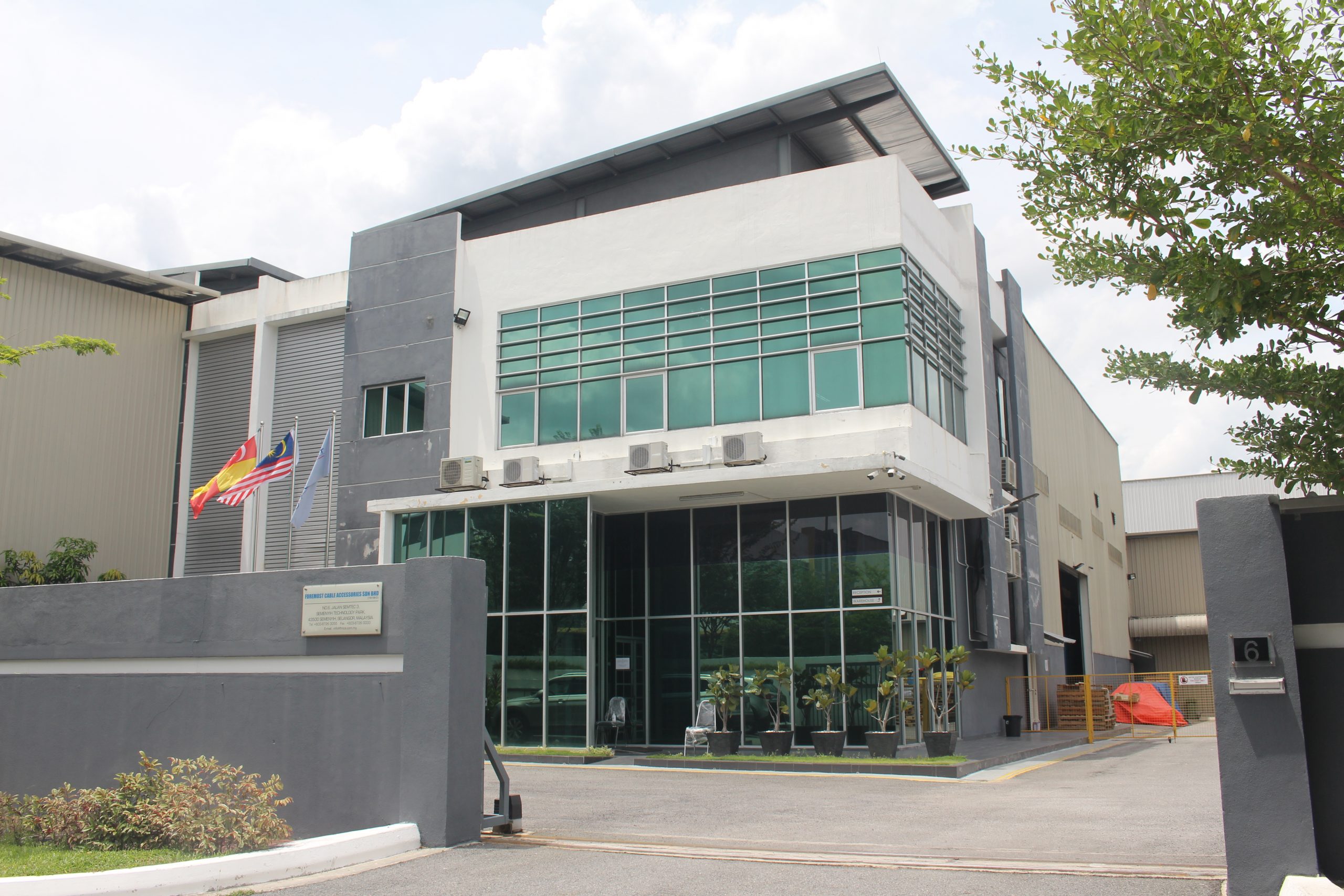30 Jul BYU-Idaho Time Series White Noise and Random Walks Part 2
Specific cases or limits of random walks include the Lévy flight and diffusion models such as Brownian motion. The random walk is a fundamental and widely used time series model, often applied in finance to represent stock prices and other economic indicators. The idea behind the random walk is that the value of the process at time $t$ is the sum of its value at time $t-1$ and a random shock (or noise).
Midhat Tilawat, Principal Writer at AllAboutAI.com, turns complex AI trends into clear, engaging stories backed by 6+ years of tech research. These methods empower AI systems to analyze social networks, recommend content, and predict relationships in complex datasets. Random walks form the backbone of many algorithms and models, enabling systems to make decisions, explore environments, and solve problems in uncertain scenarios. To see what I mean, you could simulate and plot some series with the R software as shown below. Both series are $I(1)$ and I think both exhibit an increasing behavior. Here is a histogram of the 2500 values from this DWN distribution.
Let us work through a few real examples and see what we can learn from them. We will use the R package ‘itsmr’ , which comes preloaded with several datasets. By definition, the expected value at any point is constant (zero). A Time Series is said to be ‘weakly stationary’ if the following two conditions hold.
What are Random Walk Algorithms?
What I want to do is to understand what a random walk does, and how it can be used for Gene Set Enrichment Analysis. The second-order properties of a random walk are summarized below. In this activity, we will simulate a discrete-time, discrete-space random walk. Note that the properties given above are theoretical properties of the population, not estimates computed using a sample. The sample autocorrelations will not equal zero, due to randomness inherent in sampling. When we refer to the second-order properties of a time series, we are talking about its variance and covariance.




Sorry, the comment form is closed at this time.